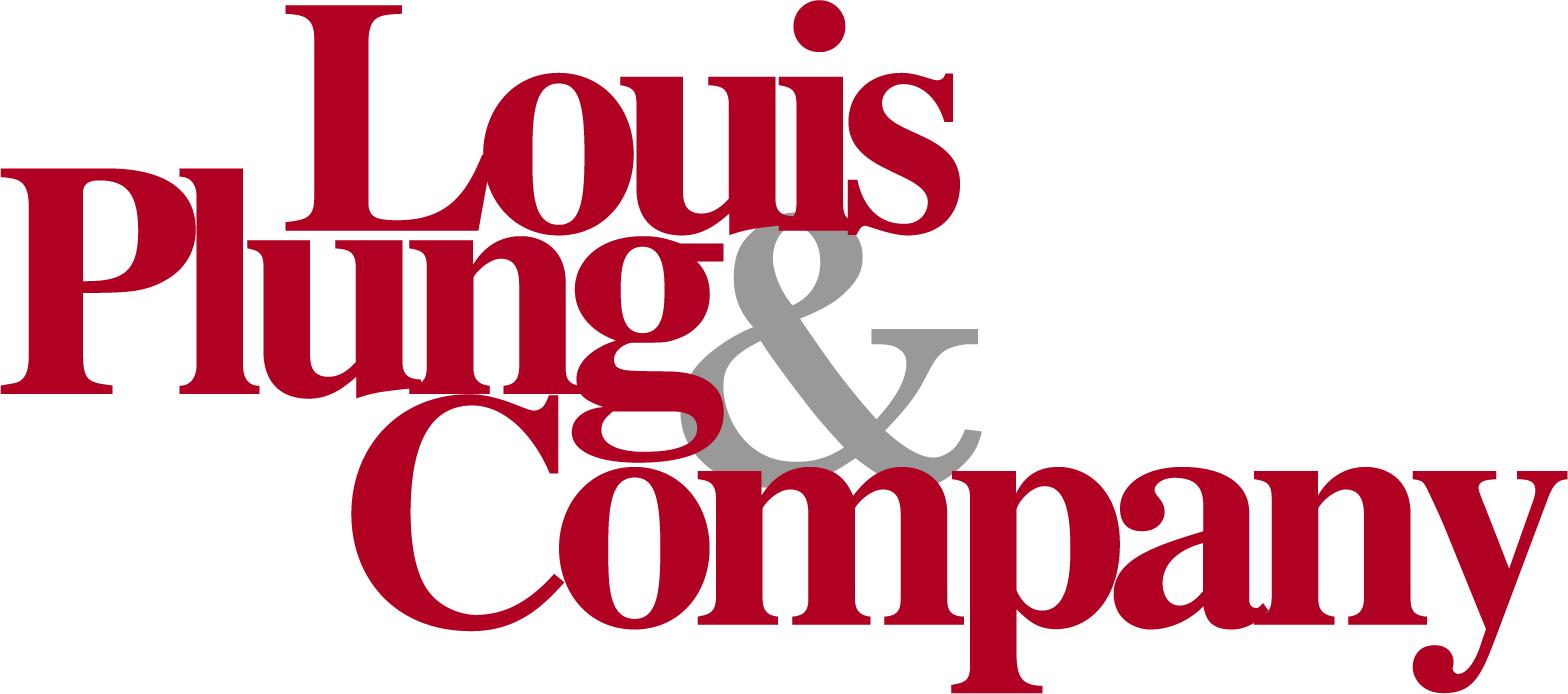Qualified Business Income (Pass-Through) Deduction Update

Proposed Regulations Issued for Qualified Business Income (Pass-Through) Deduction
The Tax Cuts and Jobs Act passed on December 22, 2017 introduced a new deduction referred to as the Section 199A deduction for qualified business income (QBI). However, it has limitations in terms of eligibility, the types of activities that qualify, and the amount that can be deducted.
Beginning with tax year 2018 and up through 2025, Section 199A allows a deduction of up to 20% of qualified business income (QBI) for pass-through entities including partnerships, LLCs, S-corporations, and some trusts and estates. It also applies to sole proprietorship’s. However, the full calculation involves a multi-step process that may phase out some or all the deduction.
Last week the Internal Revenue Service released long awaited guidance in the form of proposed regulations on this new deduction which provides definitions and clarifies several points that are of special interest to many taxpayers. The following are the key points addressed in the proposed regulations upon which taxpayers can rely until they are issued as final.
Trade or Business
A taxpayer may have more than one trade or business, but a single trade or business generally cannot be conducted through more than one entity. However, a taxpayer may aggregate trades or businesses if each one is itself a trade or business, the same person or group owns a majority interest in each, none is a specified service trade or business and they are actually part of a larger, integrated trade or business.
In order to illustrate this rule, assume a taxpayer owns 75% of the stock of S1, S2 and S3, each of which is an S corporation. Each S corporation operates a grocery store in a separate state. S1 and S2 share centralized functions such as purchasing, accounting and payroll. S3 is operated independently from the other businesses. Although the taxpayer owns a majority share of all the S corporations, only S1 and S2 share centralized functions. Therefore, the taxpayer may only aggregate S1 and S2 into a single trade or business for purposes of this deduction and must report S3 as a separate trade or business. The qualified business income, W-2 wages and qualified property must be aggregated for S1 and S2 for purposes of calculating the deduction.
Specified Service Business
Income from specified service businesses (includes the performance of services in the fields of health, law, accounting, actuarial sciences, performing arts, consulting, athletics, financial and brokerage services, investment management and trading of securities) generally cannot be qualified business income; however, this exclusion is phased in for lower income taxpayers. The proposed regulations allow a de minimis exception which allows some businesses to avoid the designation as a specified service trade or business. A business qualifies for this de minimis exception if gross receipts do not exceed $25 million and less than 10% is attributable to services or if gross receipts exceeds $25 million and less than 5% is attributable to services.
For example, a company that sells computers may also provide customers with consulting services relating to the set-up, operation and repair of the computers. Under the de minimis rule, if less than 10% of the gross receipts (5% if the gross receipts exceed $25 million) of the trade or business are attributable to the performance of services in a specified service activity, the business will not be categorized as a specified service trade or business and therefore be subjected to its limitations for this deduction.
The proposed regulations also address what activities are considered services. However, only when a business in engaged in endorsing products or services, licensing the use of an individual’s image, name, trademark, etc. or receiving appearance fees is the business considered to be receiving income because of an employee/owner’s reputation or skill. For example, assume the taxpayer is a well-known chef and sole owner of multiple restaurants each of which is owned in a disregarded entity. Due to his skill and reputation as a chef, he receives an endorsement fee for the use of his name on a line of cookware. The taxpayer is in the trade or business of being a chef and owning restaurants and his trade or business is not considered a specified service trade or business. However, the taxpayer is also in the trade or business of receiving endorsement income. The taxpayer’s receipt of the endorsement fee for his skill and or reputation of being a well-known chef is considered to be from a specified service trade or business and will therefore be subjected to its limitations for this deduction.
In another example, assume the taxpayer is a professional athlete who entered into a partnership with an athletic shoe company in which the taxpayer contributes his likeness and the use of his name to the partnership in exchange for an interest in the capital and profits of the partnership. The taxpayer’s trade or business consisting of the receipt of the partnership interest and the corresponding distributive share with respect to the partnership interest for the taxpayer’s likeness and the use of his name is considered to be specified service trade or business income.
Dis-allowance of the “Crack and Pack” Strategy
In light of the specified service trade or business exclusion from claiming the deduction, several commentators have suggested that taxpayers may be able to split their businesses into multiple businesses, separating the portion of the business which would qualify for the QBI deduction from the portion of the business which would not qualify for the QBI deduction due to the specified service trade or income. This strategy has been given the term “crack and pack” by these analysts.
However, the proposed regulations limit attempts to spin-off parts of a service business into independent qualified businesses by stating that a business that provides 80% or more of its property or services to a related service business is part of that service business. Likewise, the portion of property or services that a business provides to a related service business is treated as a service business. Businesses are related if they have at least 50% common ownership.
In order to illustrate this rule, assume a CPA firm splits its operations into three separate businesses each under common ownership; one which provides accounting services to clients, a second which performs job search and temporary placement services for clients and a third which owns and leases a building to the first and second business. The second and third business may qualify for the deduction if provided or performed by unrelated third parties, but in this example none of the business will be eligible for the QBI deduction under the Proposed Regulations.
Wages/Capital Limit
If taxable income exceeds certain thresholds, qualified business income may be reduced by the W-2 wages that are allocable to the QBI and the unadjusted basing in qualified property immediately after acquisition (UBIA). The proposed regulations provide detailed rules for determining the business’s W-2 wages generally following the rules that applied to repealed Internal Revenue Code Section 199 domestic production activities deduction. If W-2 wages are allocable to more than one trade or business, the applicable share must be determined for each business.
The proposed regulations also address UBIA for determining what qualifying property is includable in calculating the capital limit. For purchased or produced qualified property, UBIA generally will be its cost as of the date the property is placed in service. For purposes of the qualified business income deduction, “qualified property” means tangible, depreciable property which is held by and available for use in the qualified trade or business at the close of the tax year, which is used at any point during the tax year in the production of qualified business income, and the depreciable period for which has not ended before the close of the tax year. The “depreciable period” is the later of ten years from the original placed in-service date or the last day of the lass full year of the applicable recovery period under IRC Section 168.
In addition, some special rules apply, including a reduction in basis for non-business use of property acquired and disposed of near the end of the taxable year without having been used in a trade or business for at least 45 days.
Other Rules
Several other issues are addressed by the proposed regulations including but not limited to definitions, basis computations, loss carryovers, coordination with other Code Sections, penalties, allocation of items that are not attributable to a single trade or business, other exclusions, anti-abuse rules and application to trusts and estates.
When do these Proposed Regulations Apply?
Taxpayers may generally rely on the proposed regulations until they are issued as final. The regulations and the proposed revenue procedure will be effective for tax years ending after they are published as final. However, several proposed anti-abuse rules are proposed to apply to tax years ending after December 22, 2017 and anti-abuse rules that apply specifically to the use of trusts are proposed to apply to tax years ending after August 9, 2018. In addition, if a qualified business’s tax year begins before January 1, 2018 and ends after December 31, 2017, the taxpayer’s items are treated as having been incurred in the taxpayer’s tax year during which the business’s tax year ends.
While the Section 199A proposed regulations are not final, it is unlikely that numerous changes will occur that will modify the rules to assist taxpayers. Now that the proposed regulations have been issued, please contact us so that we can properly assist you and your business in planning and determining the best business structure.




